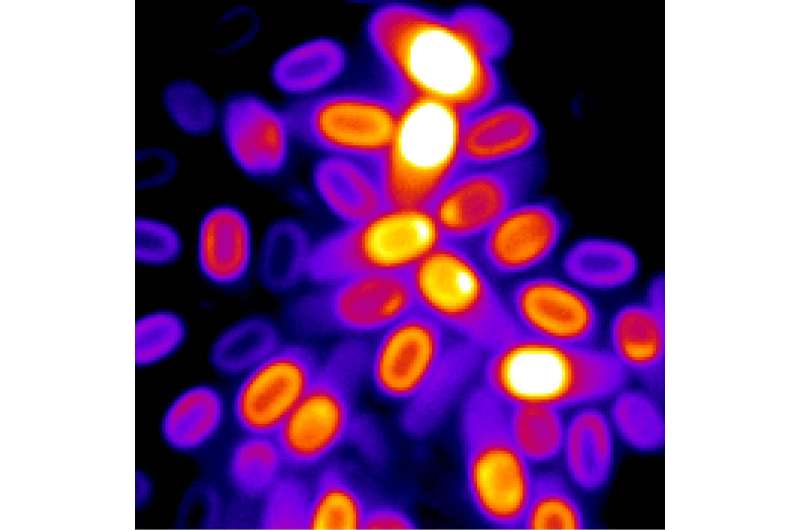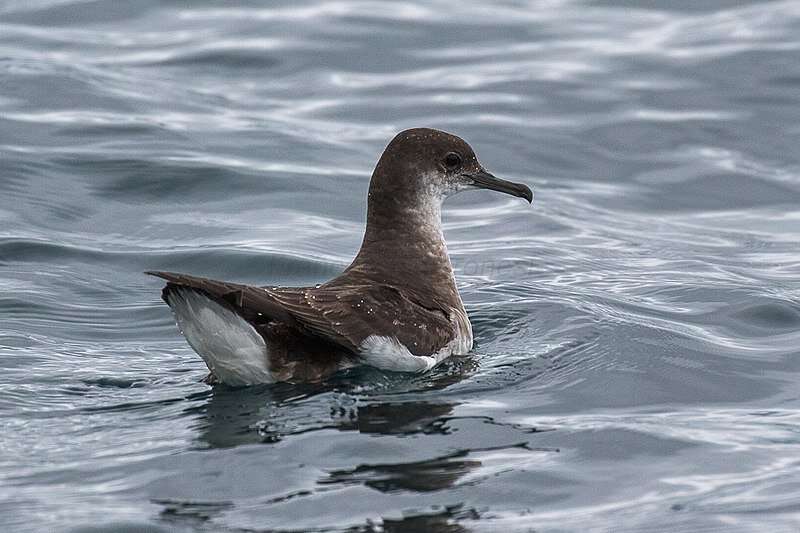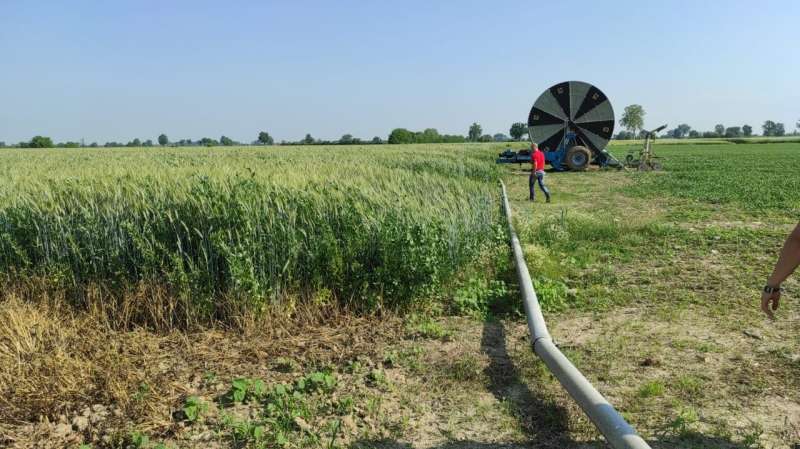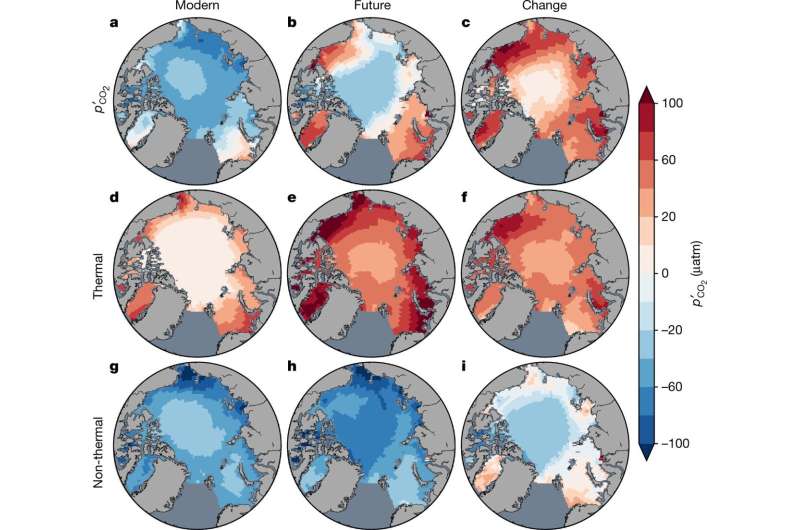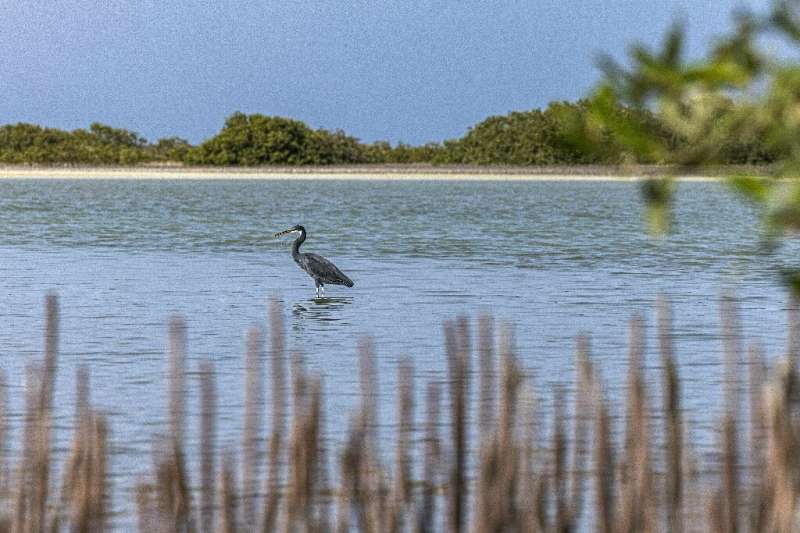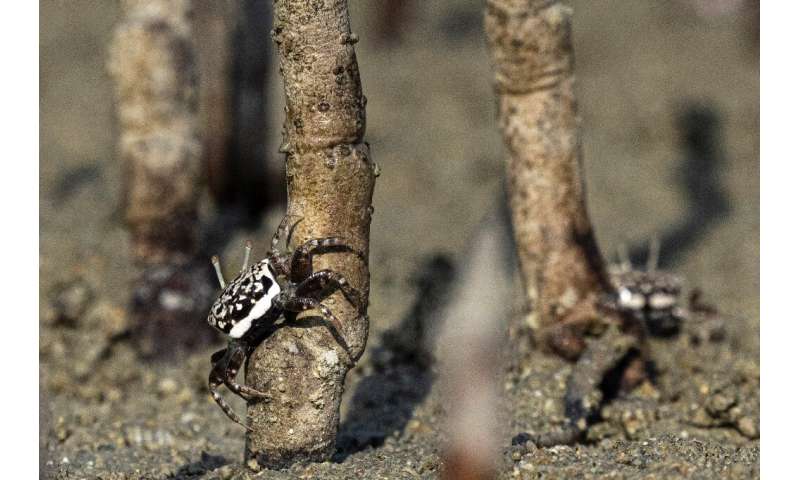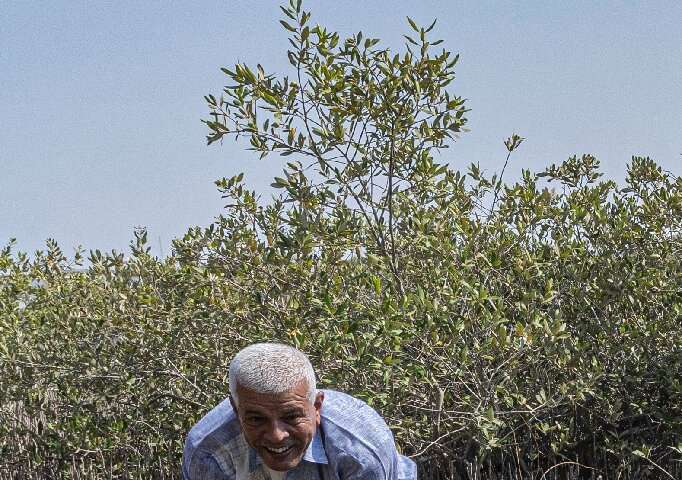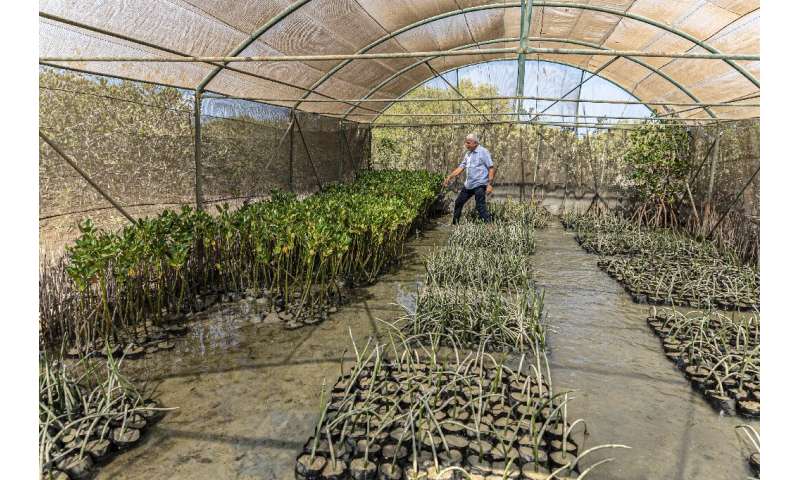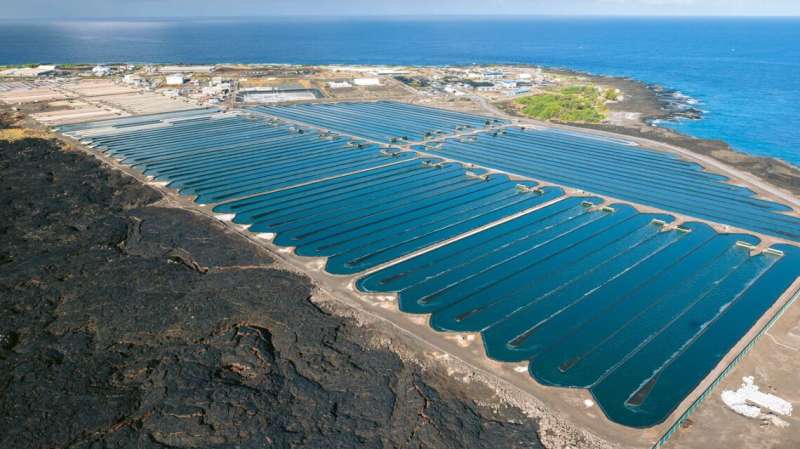Migration as morality politics

Migration often serves as an arena for conflicting values. In this context, religious groups, civil society organizations and local authorities often show a more liberal attitude than the state. The political scientist Julia Mourão Permoser applies a new analytical approach to this as yet unexplored aspect.
More than ever, social debate is focusing on refugees and migration. While policy makers respond with strict laws and regulations, members of the public protest against these or protect asylum seekers threatened with deportation. A stir was caused in Austria in recent years by three cases of asylum seekers destined for deportation who were protected by the church: in July 2018, the Archbishop of Salzburg granted church asylum to 23-year-old Ali Wajid, who was to be deported to Pakistan despite being in the middle of an apprenticeship. In November 2019, the parish priest of Unken in Pinzgau took in 26-year-old Sayed Moshtaq Sadat, who was being threatened with deportation to Afghanistan a few months before his final apprenticeship exam. A month later, the police broke a taboo by entering the cloistered area of the monastery in Langenlois to arrest Ziaulrahman Zaland, an Afghan student who had been taken in by the nuns there.
Church sanctuary has a long tradition
Protecting refugees by granting them church sanctuary is a practice known since ancient times in almost all cultures and religions. In Germany and the U.S., there is currently a large church sanctuary movement, says political scientist Julia Mourão Permoser, who conducts research and teaches at the Universities of Innsbruck and Vienna. Some church communities are very open in communicating their willingness to host asylum seekers sought by the authorities.
In the U.S., but also in Europe, there are even entire cities that consider themselves "sanctuary cities." There, administrative staff will not ask about a person's residence status or will not be allowed to pass on such data to the immigration authorities, explains Mourão Permoser. Her research project "Migration as Morality Politics" is investigating the moral conflicts surrounding migration in Europe and the U.S. using a multi-method approach: she conducts in-depth interviews with people who grant church asylum or other forms of "sanctuary," analyzing self-representations and contributions to debates by advocacy groups, and she sheds light on the attitudes of the other side.
Help as a form of protest
The researcher is also studying a third form of support for refugees with irregular status: rescue ships in the Mediterranean, such as the Sea Watch, and organizations that rescue refugees from death in the desert between Mexico and the U.S.
"With their active protests, all of these groups are taking a moral and political stance against the immigration and asylum policies of various countries," explains Mourão Permoser. In some cases they enter into direct confrontation with the state, as for example when NGOs show resistance to various coercive measures taken by the authorities against rescue ships in the Mediterranean.
Closing the research gap
Although refugee rescue organizations, asylum-granting churches and sanctuary cities pursue "grassroots" migration policy in the name of human rights and humanity, the literature on migration policy has not yet sufficiently taken this phenomenon into account, as Mourão Permoser underlines: "So far, migration research has mainly dealt with security interests or economic interests, but not with ethical values."
In the literature on value conflicts in politics, on the other hand, known as "morality politics," the role of religions is taken into account in discussions on sexuality, women's rights, abortion, same-sex marriage or stem cell research: all of these being areas where religions usually take a conservative stance. The fact that religious actors take a liberal stance in migration policy is a special phenomenon that has not so far been examined in detail. It is interesting to note that in both cases their attitude is based on the same traditional values—defending human life and human dignity. "With the new focus on the role of values, I have a contribution to make to both migration research and research on morality politics," says Mourão Permoser.
Legal indifference to refugees
Julia Mourão Permoser, What are Morality Policies? The Politics of Values in a Post-Secular World, Political Studies Review (2019). DOI: 10.1177/1478929918816538
.png)

